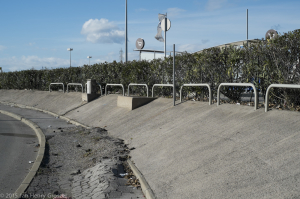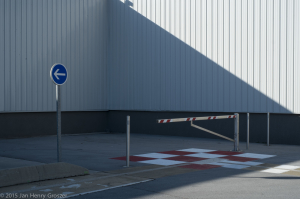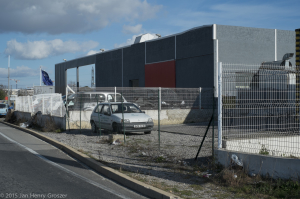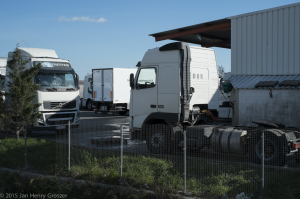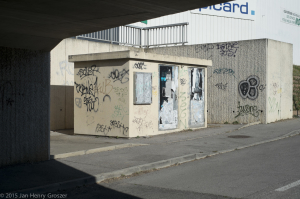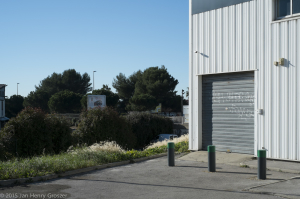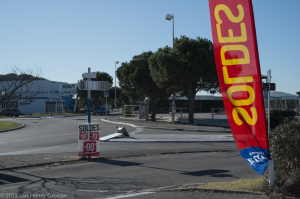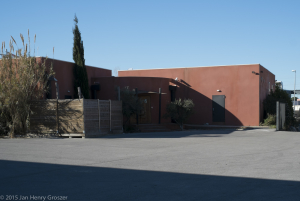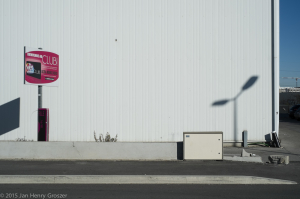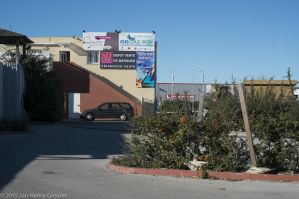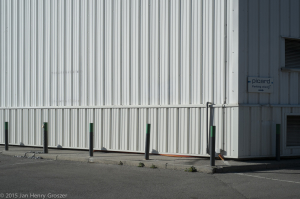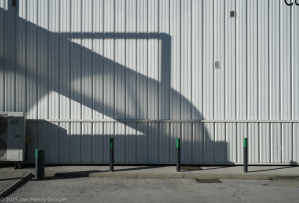-
February 3, 2015 / Blog
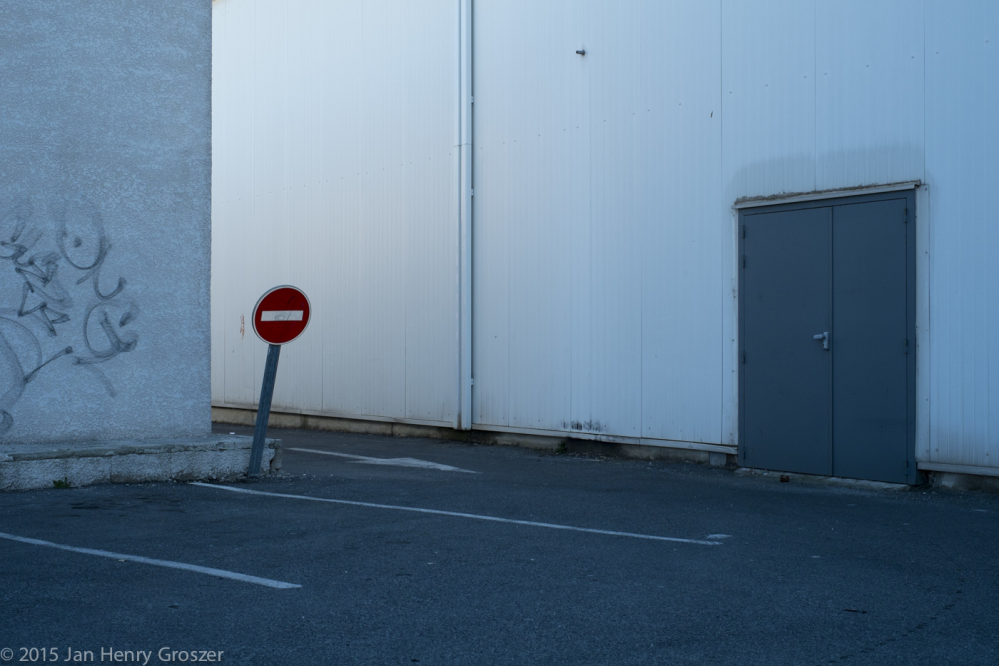
A recent trip to the South of France provided a welcome relief from the grey damp cold of Berlin, with 20°C temperatures and glorious sunshine. My mate in Montpellier has a habit of sleeping until early afternoon, which left me plenty of time to explore the, after 12 years of visiting, fairly familiar surroundings by myself.
Montpellier is one of the fastest growing cities in Europe. I visit at least once a year, and each time, a whole new suburb has been added. France does grand public engineering and urban planning projects quite well, by comparison with recent German attempts, so along with brand spanking new buildings for tens of thousands of inhabitants there are new roads and tram lines growing at an astonishing rate.
Supporting the new residential developments as well as the high-tech industries settling in the area is a rapidly expanding belt of commercial zones, with shopping centers, pool equipment retailers, furniture warehouses, car dealers, bathroom specialists and logistics centres. All larger cities feature these; these places are visual teflon to most people passing through. My daily trip to the gym (Ener’gym, tram ligne 2, Victoire – very friendly and inexpensive, highly recommended) led me through the Zone d’Aménagement Controlèe, Mas de Grille at St Jean de Vedas. Whereas German commercial estates feature plenty of fences and tidy flower beds, French ZACs feel a little more open and relaxed, and as a result, more accessible.
The estates represent a form of non-place (see Marc Augé who wrote about this phenomenon of supermodernity). Their discount modernism – standardised materials and construction, all function, no frills – speaks an almost universal language of straight lines, right angles, tarmacced front courts and parking lots, shops signs, and fig leafs of greenery. I admit that I am strangely drawn to these places, sometimes more so than to the display-case city centres and historical monuments, which often appear to have been airbrushed and primped to the point of concealing rather than revealing historical process. But here, along the raw fringes of thriving cities we can see the cogs and wheels of our world grinding and turning. Designed by and for the balance sheets of businesses with no reference to history or local context, these are the engine rooms of our high-tech conurbations.
But rather than to their uniformity, I am drawn to the incalculable interventions of life and nature. Litter, graffiti, fly-posting, a little damage to a sign or cladding by a reversing car, weeds pushing through the cracks and crevices of the buildings’ hastily laid foundations and the parking lots, a street sign knocked over by a careless lorry driver, even the effects of light and shadows superimposing their very own deviant geometry. I appreciate these anarchistic forces rebelling – with some success – against the dictat of ruthless efficiency.
You may also like
